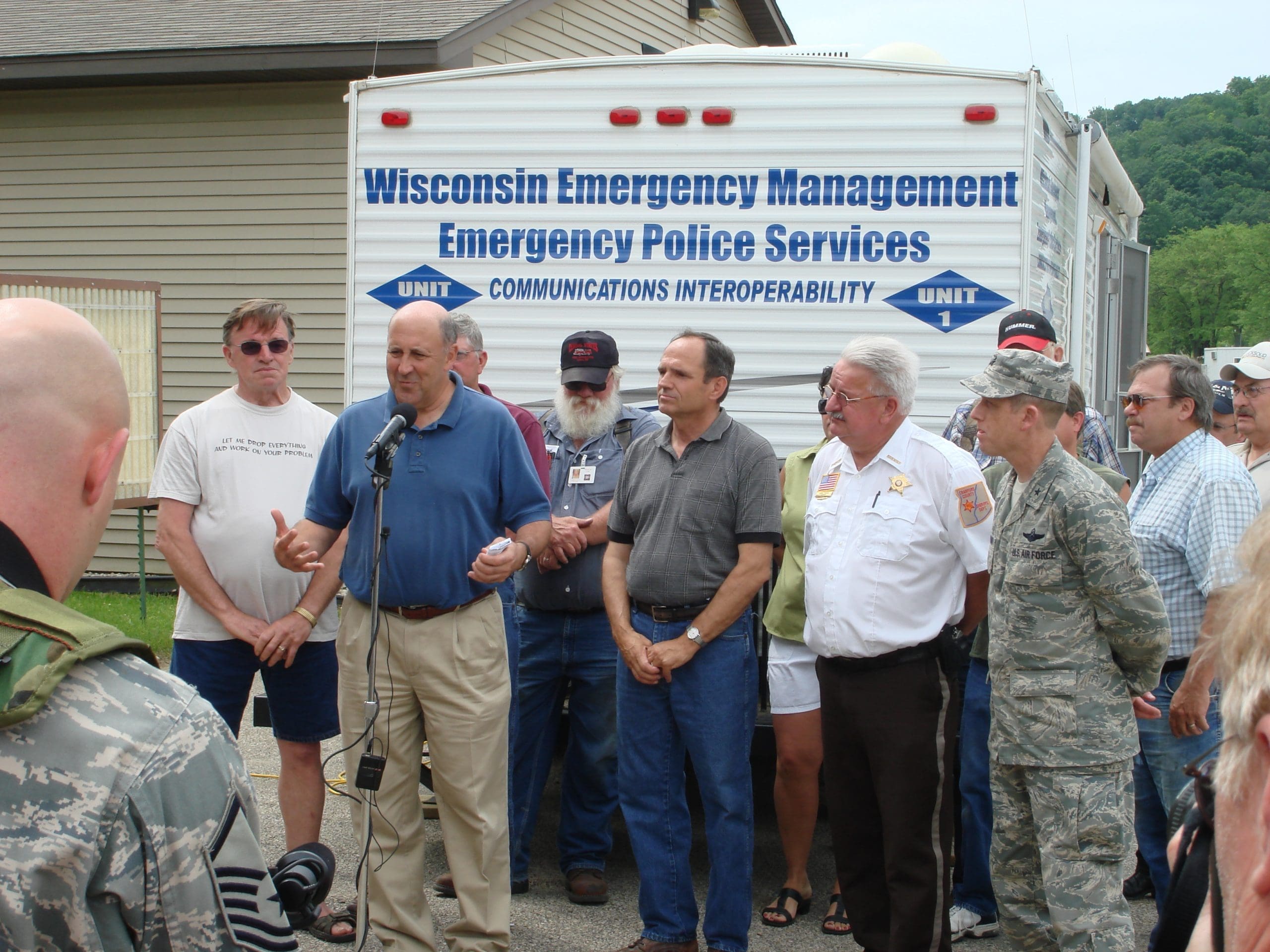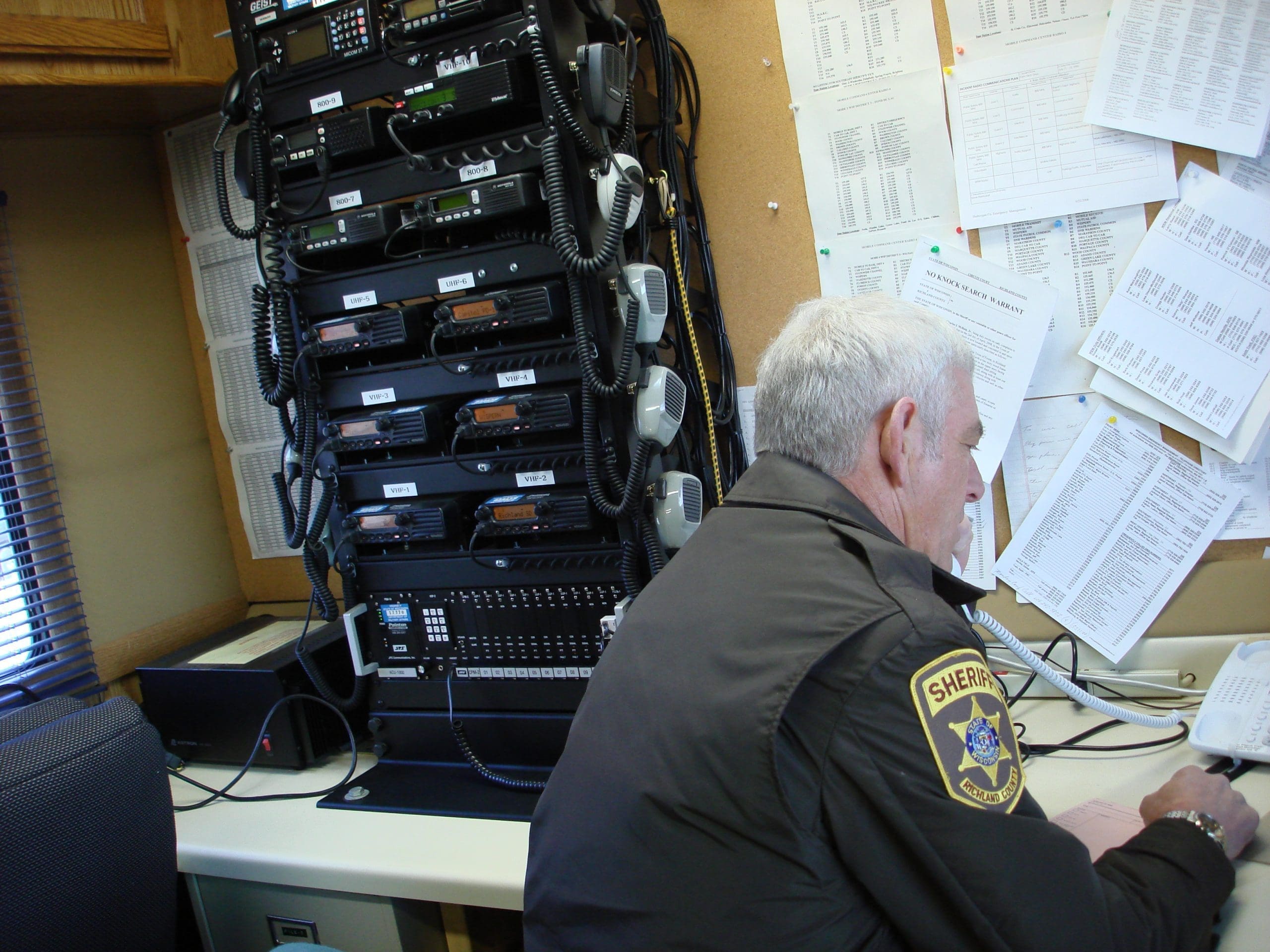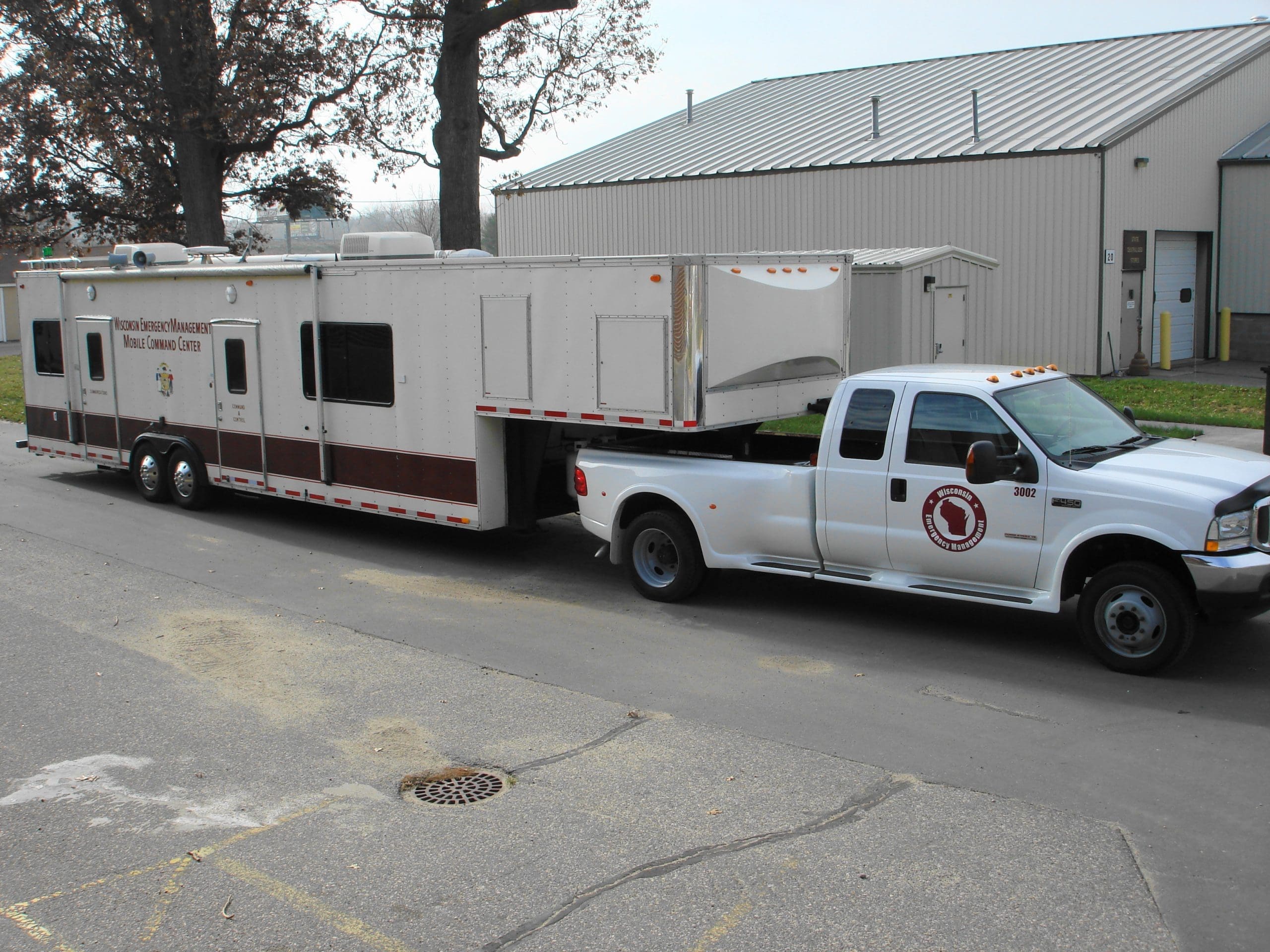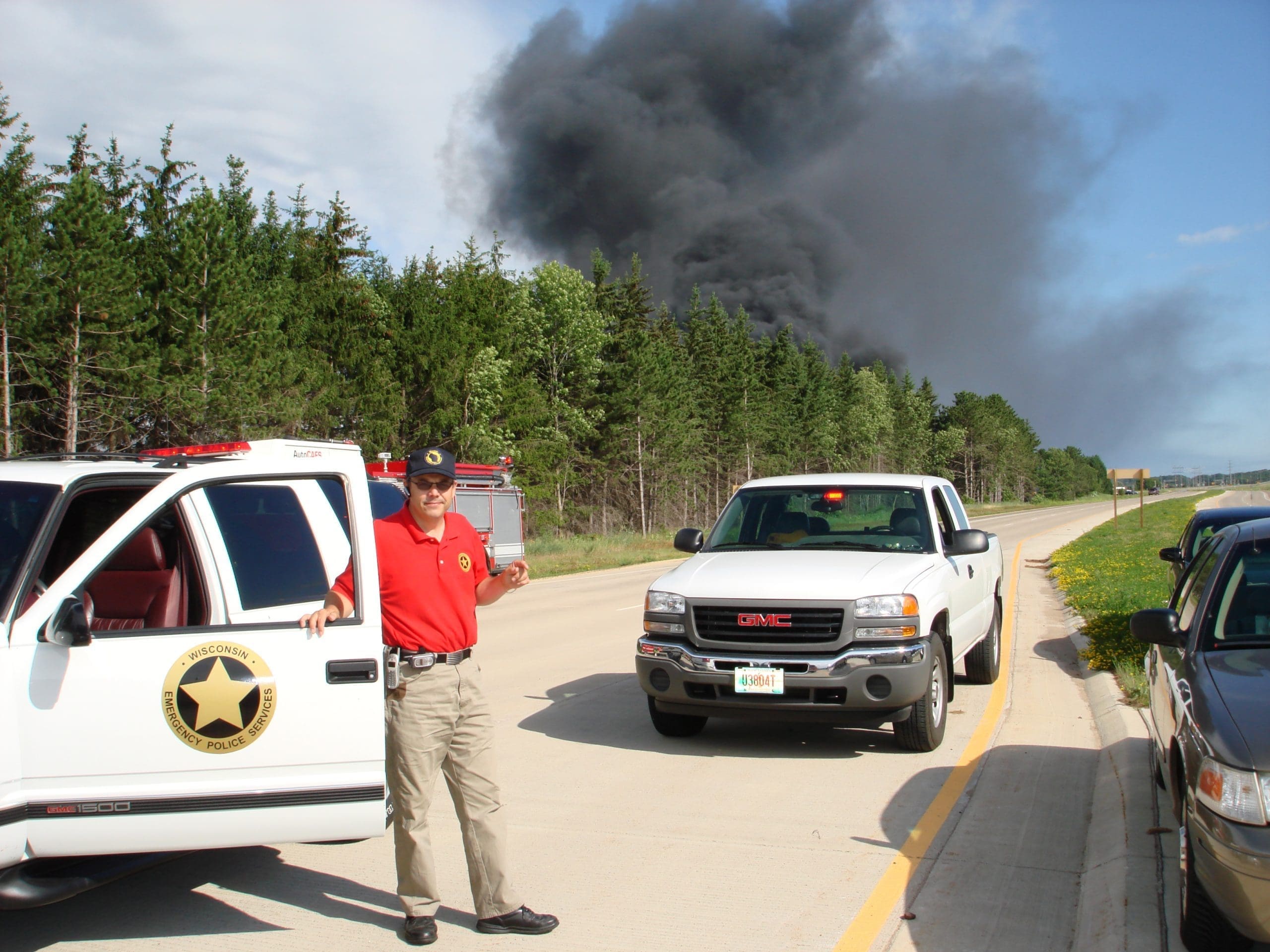



Program History
When a tornado tears through a community or a disturbance occurs at a prison, the situation can overwhelm local law enforcement. That is why Wisconsin has the Emergency Police Services (EPS) Program to provide law enforcement support and coordination of mutual aid in times of crisis.
The EPS program dates back to 1961, when President Kennedy ordered states and the federal government to update emergency plans and procedures to respond to a national crisis as there was a looming threat of nuclear war. As part of the Civil Defense initiative, the Emergency Police Services Program was created.
The federal guidance was specific, the EPS program coordinator would be involved in wartime planning and natural disaster support functions only. The program emphasized training auxiliary police to assist local law enforcement in the event of a nuclear war or other major catastrophes.
By the late 1960’s, the position had changed and became more response oriented to events that were happening in the state such as campus rioting and strikes as oppose to purely planning for war. Wisconsin sheriffs and police chiefs realized that in very serious events whether it was a riot on campus, flooding or a state employee strike, they did not have enough resources to respond. The State of Wisconsin Emergency Operations Plan was updated to add procedures on mobilizing additional law enforcement resources in times of emergencies through the EPS Program.
As the EPS program changed, the coordinator position changed as well. The EPS coordinator was originally part of the Wisconsin Motor Vehicles Department and later moved over to Emergency Government. The Governor-Appointed Administrator of the State Emergency Government Agency was to serve also as EPS Director.
In addition, an EPS Deputy Director was created. The Deputy Director is a civil service position with a background in law enforcement. The EPS Deputy Director oversees the daily program activities and works closely with local law enforcement.
As part of the EPS program, the state was divided up into regions with a sheriff elected by fellow sheriffs to serve as volunteer police services director for a specific area. That director would also appoint a police chief and a sheriff to serve as alternate or deputy area directors. Today, the state has seven EPS areas and elections are held every four years.
In the event of an emergency, the area director works with the State EPS Deputy Director in setting up a mutual aid response with local, state and federal law enforcement agencies to provide requested resources. The initiating county sheriff maintains the authority over the situation and the response is to augment their forces with law enforcement officers from surrounding areas.
In the event of an emergency, the area director works with the State EPS Deputy Director in setting up a mutual aid response with local, state and federal law enforcement agencies to provide requested resources. The initiating county sheriff maintains the authority over the situation and the response is to augment their forces with law enforcement officers from surrounding areas.
In recent years, the EPS program has provided support following major disasters. EPS mutual aid was used to coordinate additional officers to help provide traffic control and other assistance in Ladysmith for seven days following the F3 tornado in September 2002.
EPS program also provided law enforcement mutual aid following the Siren tornado in 2001, the Weyauwega train derailment in 1996, and Spear fishing in the 1980’s. In Weyauwega, more than 70 additional law enforcement officers were used on 12-hour shifts for 21 days to assist the Waupaca County Sheriff’s Department.
The requesting agency is responsible for the cost of the operation. However in many cases the state and federal government has reimbursed the local governments in the events such as flooding and tornadoes.

